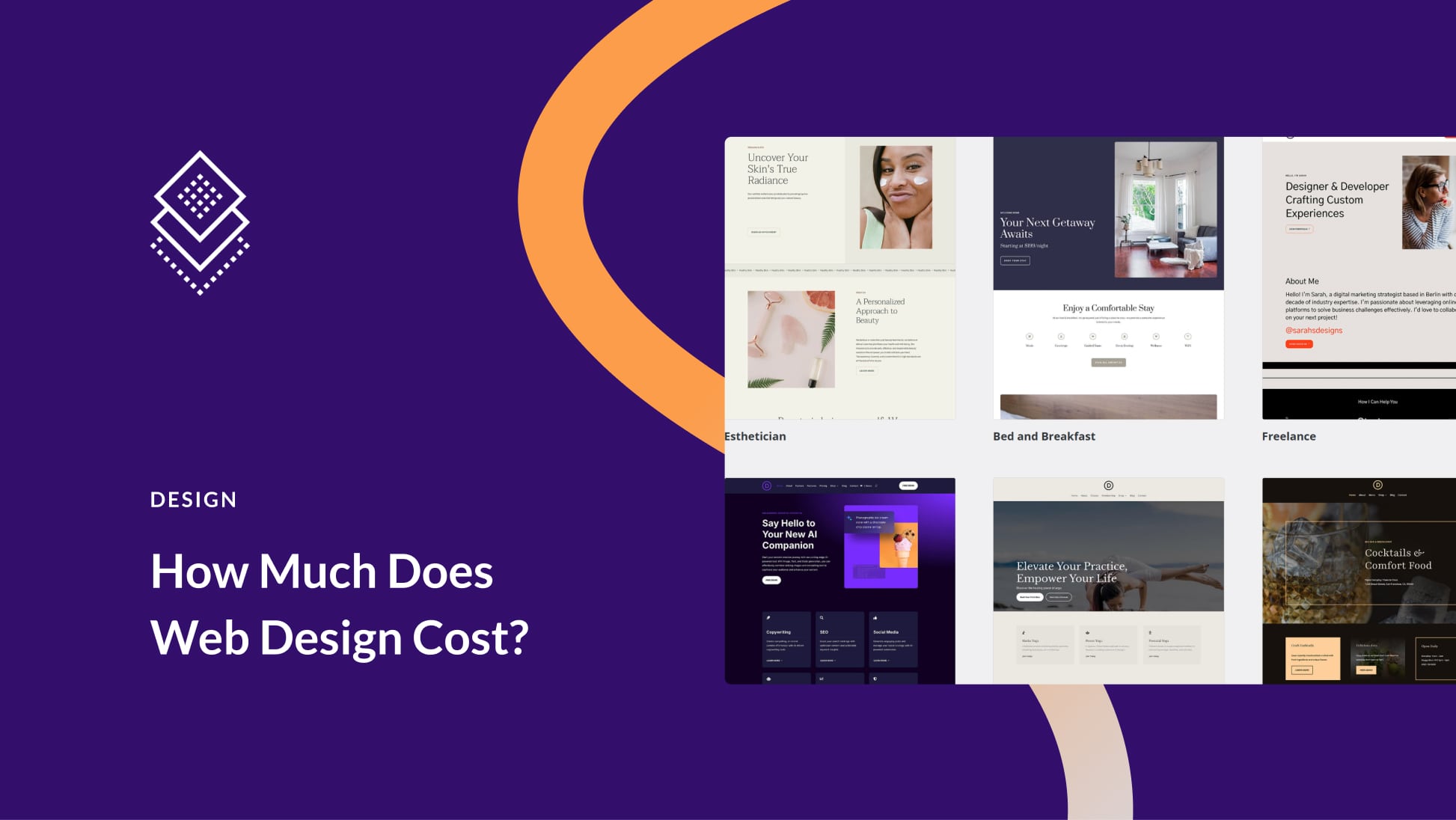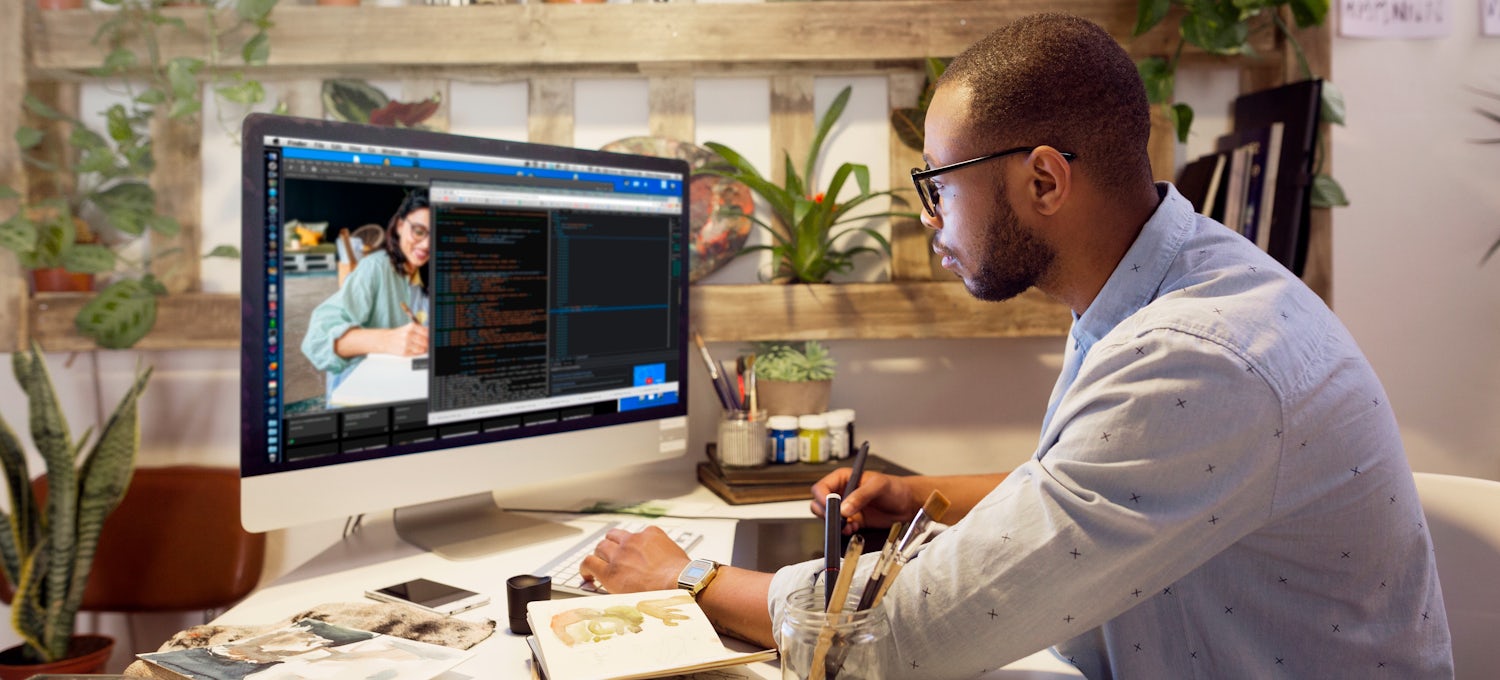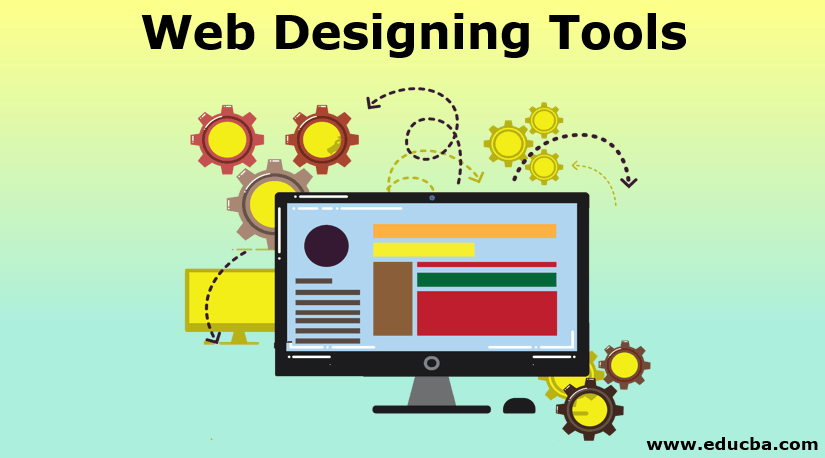Affordable Aligned Position Web Design: Top-Notch Web Design Services at Competitive Prices
Affordable Aligned Position Web Design: Top-Notch Web Design Services at Competitive Prices
Blog Article
The Most Effective Kinds Of Web Style to Boost Individual Experience and Interaction
In the ever-evolving landscape of electronic communication, the effectiveness of Web design considerably affects individual experience and interaction. Numerous layout strategies, such as minimal, receptive, and interactive formats, each offer special advantages that can cater to diverse user needs.
Minimalist Web Style
As digital landscapes become increasingly cluttered, minimal Web design has become a powerful approach to improving individual experience. This design viewpoint prioritizes simpleness, concentrating on crucial components while removing unneeded interruptions. By utilizing ample white room, uncomplicated navigating, and a restricted shade scheme, minimal design fosters clearness and guides user attention to key content.
The core principle of minimalist Web layout is to produce a seamless communication for users. By minimizing cognitive tons, users can promptly grasp information without really feeling overwhelmed. This straight method not only improves usability yet also urges interaction, as visitors are most likely to check out a website that is visually appealing and very easy to navigate.
Additionally, minimalist layout typically emphasizes typography and images, utilizing these aspects strategically to communicate messages properly. This focus on essential elements can boost brand identification and develop a remarkable user experience. Basically, minimalist website design is not just a trend; it is a thoughtful method that recognizes the significance of user-centered layout. By stripping away peripheral aspects, developers can produce an extra engaging, effective, and pleasurable Web experience for all users.
Receptive Website Design
In today's varied electronic atmosphere, receptive website design has actually come to be essential for developing a smooth customer experience throughout a multitude of gadgets. As users access sites on smart devices, desktops, laptops, and tablets, the ability of a site to adapt its layout and web content to different screen dimensions and resolutions is crucial.
Receptive website design utilizes versatile grids, pictures, and CSS media queries to ensure that Web material exists efficiently, despite the tool utilized. This method not only boosts the aesthetic charm of a site but also significantly enhances usability. Customers are most likely to engage with a website that supplies a regular experience, as it gets rid of the irritation of having to focus or scroll excessively.
By adopting receptive design, services can improve their exposure and get to a broader target market. In recap, responsive Web layout is a fundamental method that boosts user experience, interaction, and total complete satisfaction.
Interactive Website Design
Responsive website design lays the groundwork for improving customer experience, but interactive website design takes this an action even more by engaging individuals in an extra vibrant way - Aligned Position Web Design. By including components such as animations, clickable prototypes, and real-time comments, interactive website design captivates individuals, drawing them right into a richer surfing experience
This strategy not just promotes interaction however additionally urges customers to explore content actively as opposed to passively consuming it. Methods such as gamification, where individuals make incentives for completing tasks, can dramatically boost the moment invested on a website and improve general contentment. In addition, interactive attributes can streamline intricate information, making it much more digestible and pleasurable.

Including interactive layout elements can also cause greater conversion rates, as individuals are extra likely to engage with a website that proactively involves them. Aligned Position Web Design. Eventually, interactive website design changes user experiences into remarkable journeys, making sure that site visitors return time after time
Apartment Style
Identified by its minimalistic approach, flat layout emphasizes simplicity and functionality, stripping this contact form away unnecessary elements and concentrating on crucial features. This layout viewpoint prioritizes usability, guaranteeing that individuals can navigate user interfaces easily and performance. By utilizing a tidy aesthetic, flat design gets rid of the clutter typically discovered in much more ornate styles, thereby enhancing user emphasis on web content and capability.
The hallmark of flat design hinges on its use of vibrant shades, basic typography, and geometric shapes. These elements add to an aesthetically attractive interface that is both modern and friendly. In addition, level design promotes a sense of clarity, permitting individuals to recognize important actions and info without distraction.
Moreover, level style is particularly effective in receptive website design, as its simpleness converts well across numerous gadgets and screen dimensions. The absence of complex structures and slopes lessens loading times, which is critical for preserving user interaction. As digital landscapes remain to develop, level design continues to be an appropriate choice for developing easy to use websites that improve overall experience. By focusing on essential functions, flat style not only satisfies customer requirements yet likewise urges seamless communication, making it a vital element of efficient website design methods.
Flexible Website Design
Adaptive website design personalizes the customer experience by creating several taken care of designs customized to various display dimensions and tools. Unlike receptive style, which fluidly changes a solitary format, flexible layout uses distinctive formats for specific breakpoints, ensuring optimal presentation on various platforms. This method allows designers to concentrate on the one-of-a-kind characteristics of each device, boosting use by delivering precisely what customers need based on their context.
One of the key benefits of flexible website design is its capacity to maximize lots times and efficiency. By serving tailored content and photos that fit the customer's device, sites can reduce data use and boost loading speeds. This is particularly helpful for customers with slower connections or limited information strategies.

Additionally, flexible design assists in a more consistent and controlled branding experience. Considering that designers produce numerous layouts, they can make sure that the aesthetic elements straighten with the brand's identification throughout different platforms - Aligned Position Web Design. This causes a natural user experience, enhancing interaction and advertising user retention
Final Thought
Minimalist style promotes clarity and focus, while responsive layout makes certain flexibility throughout different gadgets, promoting ease of access. Collectively, these style approaches contribute to the creation of user-friendly settings that not just enhance contentment the original source yet also drive website here greater conversion prices, underscoring their crucial importance in contemporary Web layout approaches.

Minimalist design fosters clearness and emphasis, while responsive style ensures versatility throughout different gadgets, advertising accessibility. Collectively, these design approaches add to the creation of easy to use environments that not only boost complete satisfaction yet also drive greater conversion prices, underscoring their important relevance in modern Web style methods.
Report this page